Have you ever wondered how are the solar arrays built on the International Space Station in space while traveling at 4.76 miles / second?
In this short read, we show you the timeline of how the space station’s solar arrays were built, how much power they produce.
How Much Power Does A ISS Solar Panel Produce?
Each new solar array will produce more than 20 kilowatts of electricity, eventually totaling 120 kilowatts (120,000 watts) of augmented power during orbital daytime.
How Did NASA Deliver The 4 Giant Solar Arrays To The Space Station?
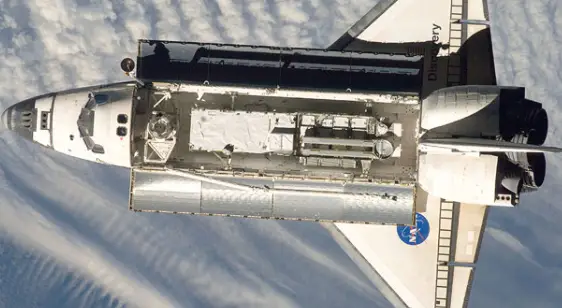
It took NASA 4 solar array installation missions + other missions to add required structural components to complete the space station in the span of 9 years (2000 – 2009)
The space shuttle carries the solar module one by one to the space station, and crew members used the Canada Arm to grab the module out of the space shuttle payload bay, and installed it to the appropriate module.
Finally, the solar array deploys in full length. Otherwise there is no way to carry such a thing into space using the shuttle.
How Many Solar Arrays Does The ISS Have?
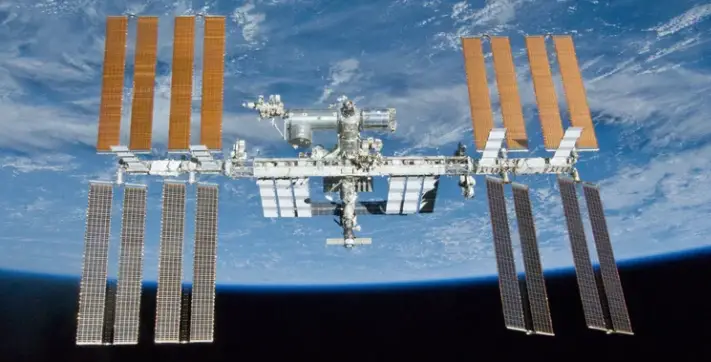
The ISS has a total of 4 solar array modules (S1 – S4) and 8 solar array wings that can rotate and pitch to get the most amount of sunlight while orbiting around the Earth.
Major Solar Array Build Timeline Events
Full construction video time elapse
P6 Truss & Solar Array (First)

The P6 truss and the first solar array set were sent to the space station on STS 97 on Dec 9th, 2000.
This mission made the space station from this configuration to this, which sets up the rapid expansion of the ISS.
S0 Truss
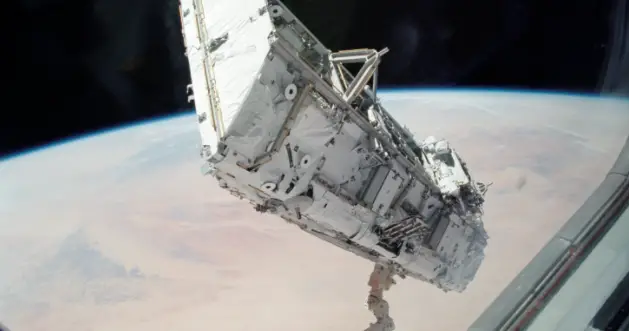
Fast forward to April 2002 the S0 truss was installed on the US Destiny laboratory module, which sets up the core beam structure for the space station.
MBS
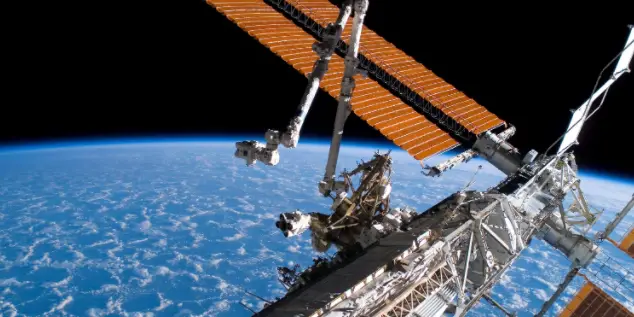
The Mobile Remote Servicer Base System is basically a rail system that slides on the truss beam along with the SSRMS Canada Arm, which aids the installation of the solar arrays on both sides of the space station.
P1 Truss Left & Right (Structural Expansion)
Two additional truss structures are added to the S0 truss to lengthen the truss segment of the space station for P3/4 solar arrays and S3/S4 solar arrays.
P3/P4 Solar Arrays (Added & Rearranged)
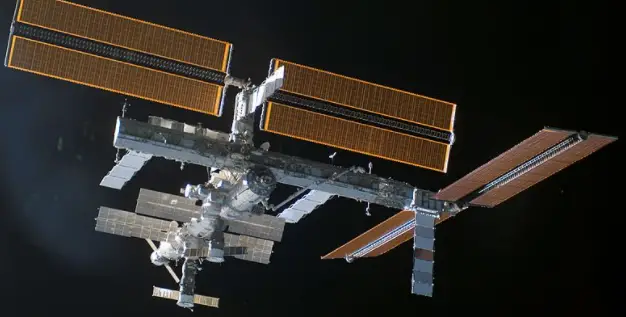
The P3/P4 solar array is the first set of arrays were installed on the side of the space station giving the space station that “H” look for the first time.
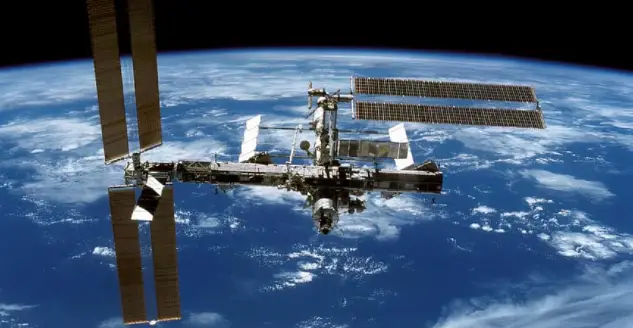
Following the P3/P4 solar arrays installation, the P6 solar array retracted one side of the array, so the P3/P4 array is free to rotate to maximize solar energy exposure.
S3/S4 Solar Arrays (First Complete “H” Look)
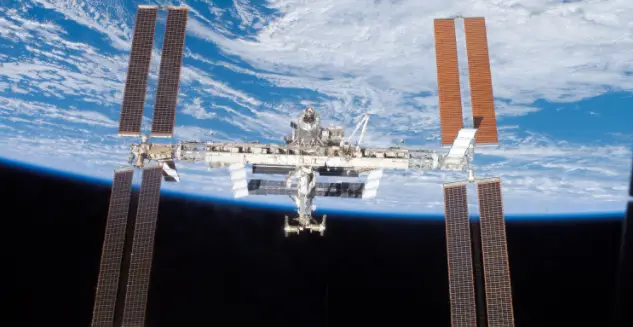
S3/S4 was installed in June 2007 on the opposite of the space station that gives it the complete “H” look for the first time.
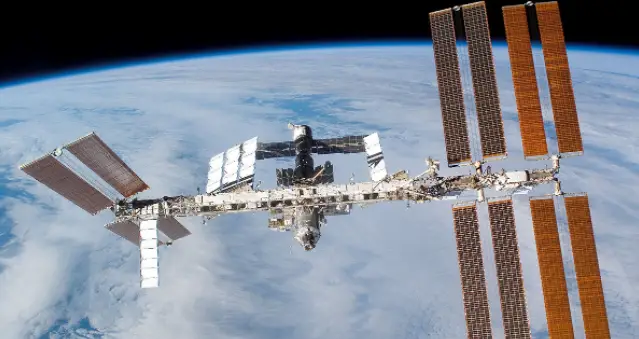
Following the S3/S4 solar array installation, the P6 solar array is retracted and moved to one side of the space station and then fully deployed.
S6 Truss & Solar Arrays (Last)
Finally the last solar array set was added to the space station.
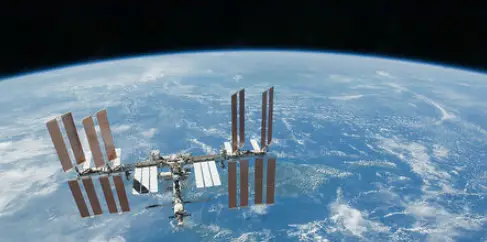
How Do ISS Crew Members Maintain The Solar Panel In Space
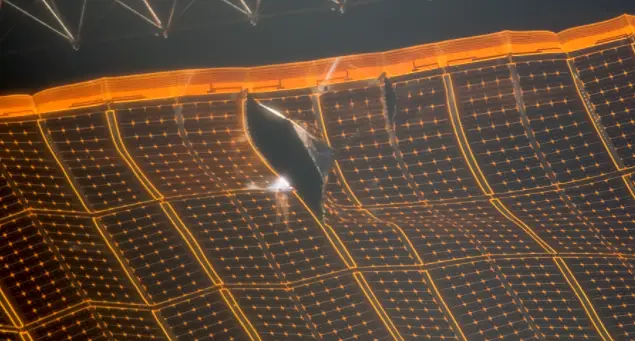
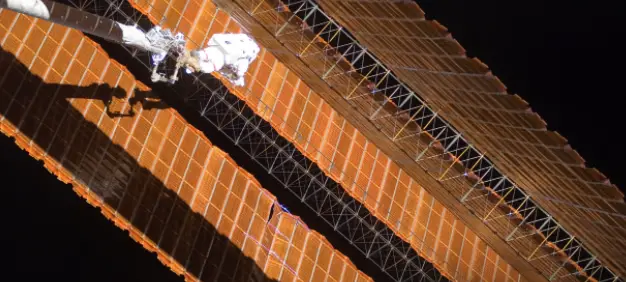
The space station is exposed to many foreign debris traveling at very high speed. When the solar panel gets hit, it creates lot of problem that’s much harder to fix in space than on earth.
Astronauts will perform EVA (space walk) attached to the Canada extension arm to get close to the damaged area to perform fix.
